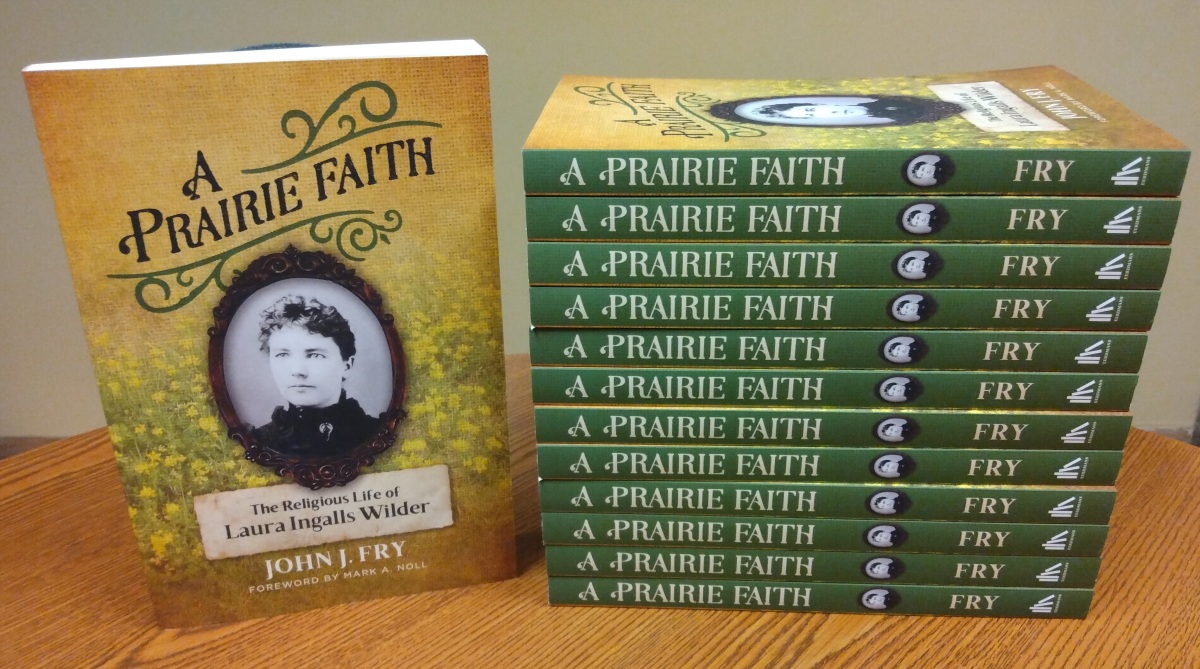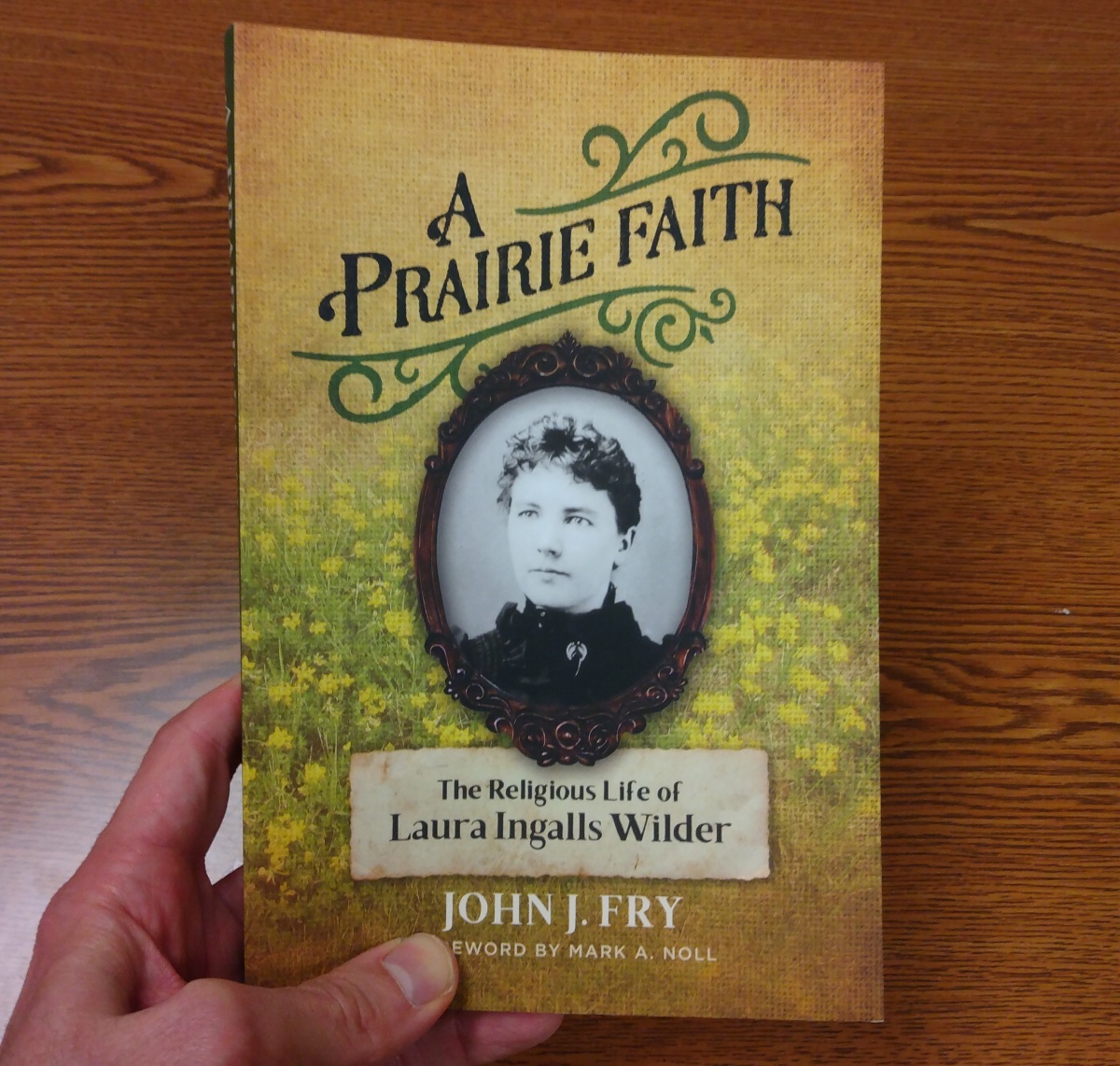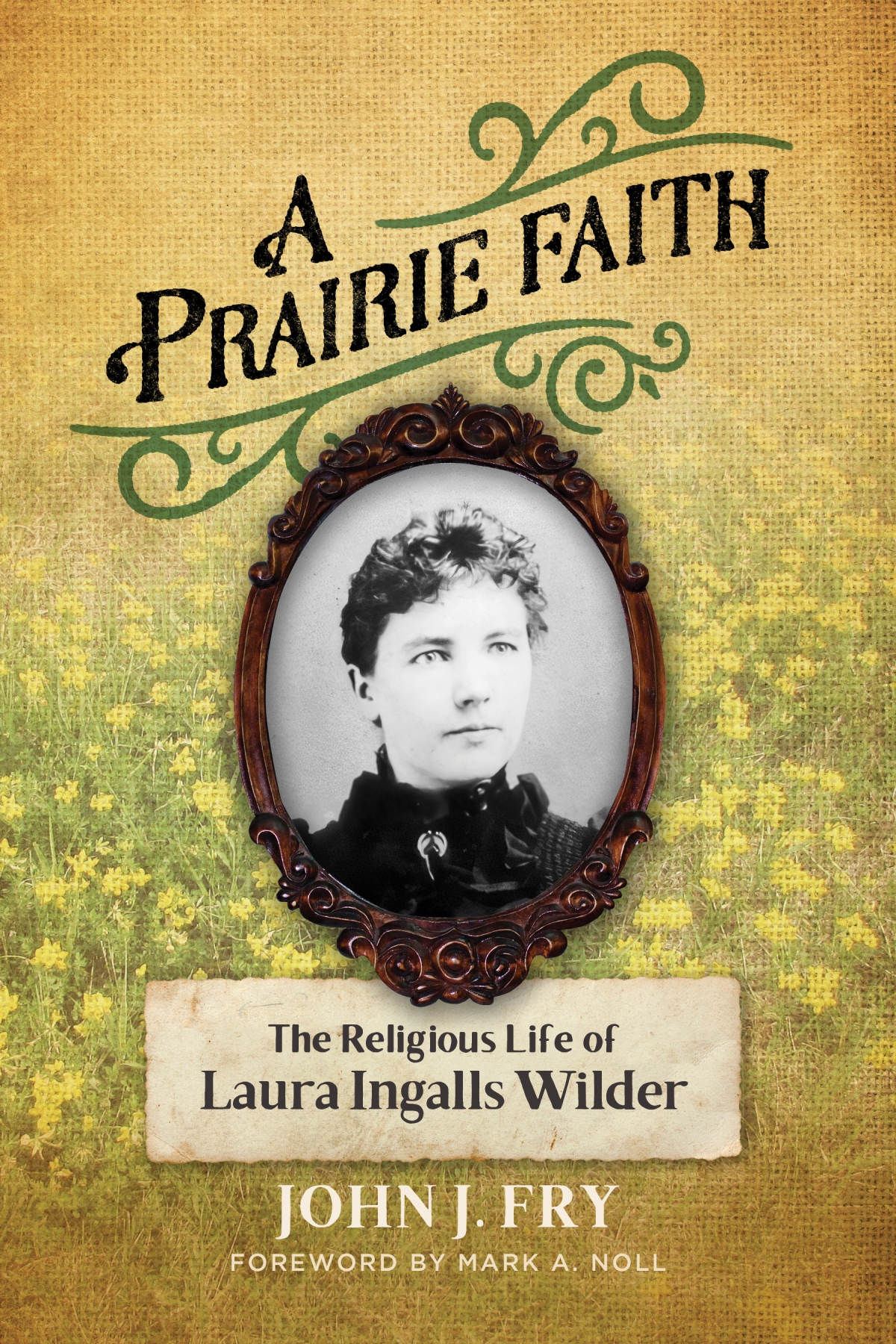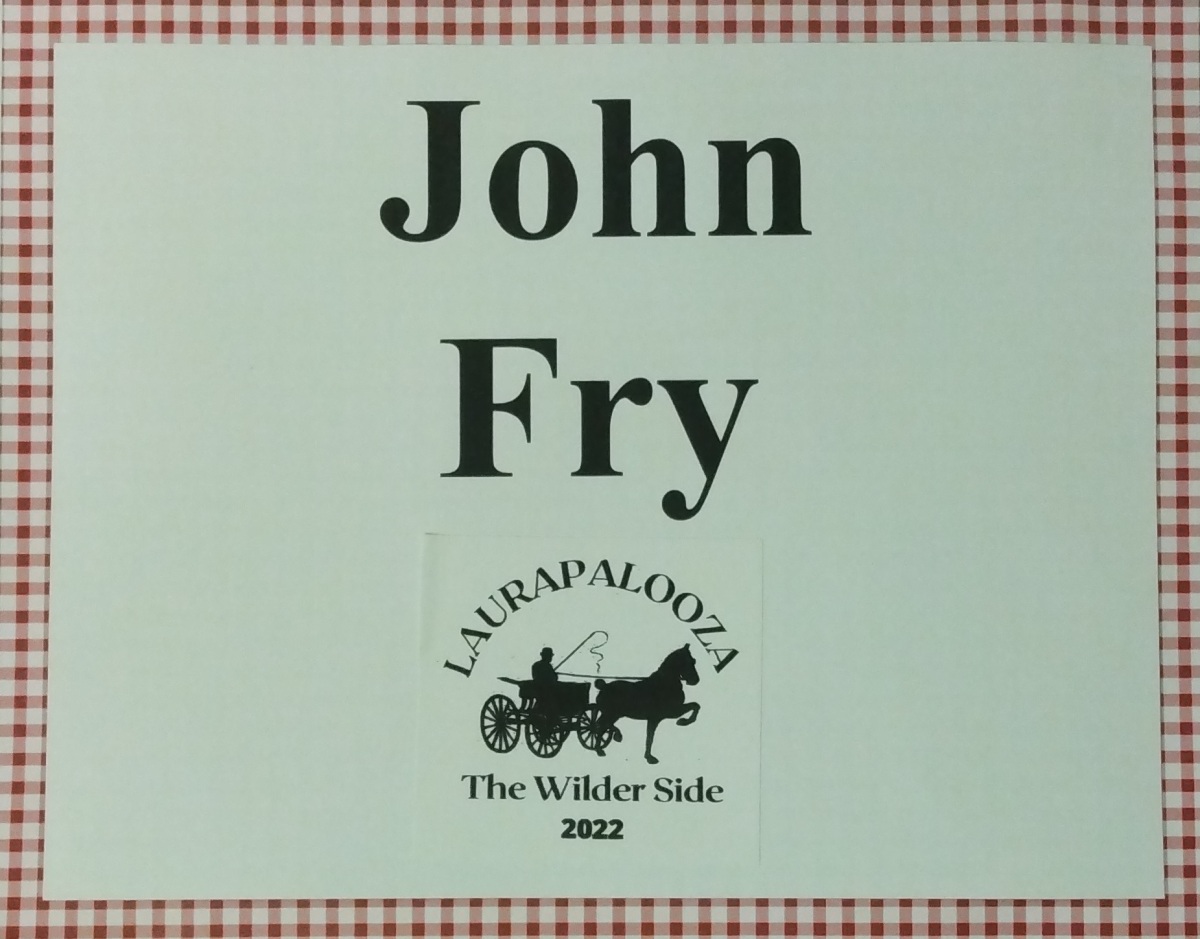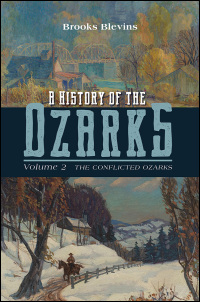Greetings. The fall semester has started here at Trinity Christian College, and I have started a new position: Dean of Faculty. That has meant that I have been busier than usual with meetings and emails. I am also teaching a course this semester – the Senior Seminar for History Majors, which has been going well. The seven students have begun working on their major research projects and are narrowing down their topics, asking questions about them, and thinking about their significance.
I was very glad to send in the manuscript of my book to my editor at Eerdmans Publishers on August 12, the last day of my sabbatical. The editors of the series The Library of Religious Biography are reading it and will be getting me their comments by the end of this month.
For those of you who were not able to attend LauraPalooza, I thought that I would share the paper that I presented. It gives some of my conclusions and some of my evidence.
“‘On the Pilgrim Way:’ The Faith of Laura Ingalls Wilder”
John J. Fry
LauraPalooza 2022: The Wilder Side
Burlington, Vermont, 14 July 2022
I’d like to start by thanking the LIWLRA Board for accepting this paper, and Kimberly Endicott for chairing this session. I should also say thanks the school where I teach history, Trinity Christian College in Palos Heights, Illinois, for supporting my research. Finally, thanks to all of you for coming and making LauraPalooza 2022 possible.
For the last five years, I have been working on a book about Laura Ingalls Wilder that pays particular attention to her Christian faith. The nature of Laura’s Christianity has not always received extended attention. I think that some biographers have ignored or downplayed her religious beliefs, others have taken them for granted, and still others have addressed them but not fully considered their complexity or significance. For instance, the 2020 PBS American Masters documentary, Laura Ingalls Wilder: Prairie to Page, does not mention Christianity beyond the use of the word “churches” two times by Marta McDowell and several images of churches in towns where Laura lived. My book will provide a comprehensive look at Wilder’s faith. I examine what she believed, how Christianity shaped her identity, and how it influenced her behavior.
The Challenge. Some here know the challenge that faces a researcher hoping to describe the nature of Laura’s faith: she didn’t talk or write about it very often. In fact, Pioneer Girl gives one reason why in this description of a young man in Walnut Grove:
Howard Ensign had joined the Congregational church after their revival and would testify at prayer meeting every Wednesday night. It someway offended my sense of privacy. It seemed to me that the things between one and God should be between him and God like loving ones [sic] mother. One didn’t go around saying ‘I love my mother, she has been so good to me.’ One just loved her and did things that she liked one to do. (Pioneer Girl, 136)
But accepting that Wilder was generally private about expressing her religious beliefs does not mean that one cannot piece together a description of her faith. I am very glad to be sharing some of my conclusions with you today. They fall under three headings: “Laura’s Faith,” “Laura and her daughter Rose,” and “So What?”.
Laura’s Faith
Committed Christian. It seems clear that Laura Ingalls Wilder was a committed Christian, for several reasons. First, this conclusion is supported by her life-long Christian practices and her patterns of church belonging. Her family began attending Sunday School and Sunday morning worship services in Walnut Grove, Minnesota, and she attended for the rest of her life. While she lived in the upper Midwest, she attended Congregational Churches with her family. When she and Almanzo moved to the Ozarks, she attended Sunday School and Sunday morning worship at the Mansfield Methodist Church. She also read the Bible, probably daily. She had memorized large numbers of scripture verses when she was a child, and she knew the Bible very well as an adult. Thousands of visitors to one of the historic sites have taken home a reproduction of the handwritten guide to Bible verses for specific occasions that she kept in her personal Bible. Finally, there is evidence from across her life—from childhood to old age—that she prayed every day before she went to bed.
In addition, Laura included Christianity, the church, and faith in her writing. Her columns in the Missouri Ruralist did not mention Christianity explicitly very often, but when they did, Laura presented traditional Protestant views of God, God’s laws, and God’s goodness. Prayer, Bible reading and memorization, and Sunday School and Sunday worship appear in Pioneer Girl and later in the Little House books. And she did describe a personal experience with God’s presence in Pioneer Girl. It was in the context of difficult times for the Ingalls family while they were living in Walnut Grove. Her father was doing odd jobs to support the family. At one point, Laura was paid to stay with a woman whose husband was frequently traveling. This meant that Laura, as a pre-teen, often spent the night away from her own home. On one occasion, she was particularly troubled:
The rest of the days were lonely and I was homesick. I knew things were not going well at home, because Pa could not get much work and we needed more money to live on.
One night while saying my prayers, as I always did before going to bed, this feeling of homesickness and worry was worse than usual, but gradually I had a feeling of a hovering, encompassing Presence of a Power, comforting and sustaining and thought in surprise ‘That is what men call God!’ (Pioneer Girl, 137)
As many Christians in times of distress and need have found, in this moment she felt peace and strength that seemed supernatural. It was real enough that she remembered it over fifty years later when she sat down to write the first draft of Pioneer Girl, despite what she thought about those who talked publicly about their relationship with God. This experience is transformed in By the Shores of Silver Lake in a chapter titled “On the Pilgrim Way,” which is where I got the title for my book and my talk today.
Important but not Central. Having said this much about the importance of Wilder’s faith to her worldview and to her life choices, I also believe that the distinction can be made that Christianity was important but not central to her life. There were limits to the commitment she showed to the church and Christian beliefs and practices. Here is some evidence:
First, it seems clear that she attended Sunday School and morning worship services in Mansfield, but not the evening worship service. It also appears that this was her family’s pattern in Walnut Grove and in De Smet. For several stretches while her daughter Rose was living at Rocky Ridge, Rose kept a detailed diary about what she did. It provides evidence that Laura and Almanzo went to Sunday School and morning worship, but that they did not go to the evening service.
Second, there is also no mention, in any of Laura’s writings about her cross-country travels, that she ever attended worship services on Sunday while away from home. This is the case in the diary she wrote on the trip from De Smet to Mansfield in 1894. She records that they rested on Sunday, but they did not go to church. Here is an example: “August 26, Sunday, Monotonous, writing, reading, & sleeping. Saw a girl with fire red hair & a fire red dress.” (Diary, 26 August 1894) In the letters she wrote to Almanzo from San Francisco in 1915, and in diaries she kept on trips to De Smet in 1931 and 1938, there is ample evidence that travel, sight-seeing, and other activities were pursued on Sunday rather than worship.
Third, there is the fact that she and Almanzo never officially became members of the Methodist Church in Mansfield. Various answers may be given for why they never joined, and it is unclear what to make of this fact, but it is true. At the same time, we do know that Laura became a member of the Order of the Eastern Star in Mansfield, and she was very active in the leadership of that organization for over twenty-five years.
Neta Seal. If I am correct that Laura’s faith was important but not central to her life, her younger friend Neta Seal serves as an illustrative contrast. The Baptist Church, both locally and in its broader regional and national contexts, was central to Neta’s life. While Laura attended meetings of the Methodist Ladies Aid Society occasionally, Neta attended meetings of the Baptist Ladies Aid Society and the Baptist Women’s Missionary Union every month. She frequently hosted meetings of one of the two groups. For many years, Neta taught a children’s Sunday School class at the Baptist church and held parties for them at her home. She also attended ordination services at Baptist churches in other areas of Wright County. In 1953, she accompanied the pastor of Mansfield’s Baptist Church and his wife to the Southern Baptist Convention in Houston, Texas. In August of 1956, she both took young people to a local Baptist camp and hosted the Business Circle of the First Baptist Church in her home. Neta Seal’s Baptist Christianity were absolutely central to her life. This was not the case for Laura Ingalls Wilder.
Laura and Rose
These are some of my conclusions about Laura’s faith in the book. But one of the reasons that I first wanted to research Laura’s faith is that when you read the Little House books, at times the description of the church is not positive. Because the books were the product of a collaboration between Laura and Rose, I wondered if there might be differences between what Laura wrote in her handwritten drafts and what appeared in the published books.
Collaboration. I was able to look at all the original manuscripts and compare them to what ultimately was published. A couple initial notes:
I think that the best way of describing the creation of the books is as a collaboration between Laura and Rose. Rose was not just an editor. She reorganized material, changed descriptions into dialogue, and sometimes added entire scenes. Both Laura and Rose contributed to make the series as excellent as it is.
When Rose made changes to the books, she ran those changes past Laura. As the first three books were written, the two women were living on the same property and this process was conducted in person. For the next three books, Rose was living in another city (or another state), so the process took place in letters, and we can follow it. For the last two books, we do not have correspondence. We can’t really draw a sharp line between what Laura wanted in the books and what Rose wanted, since Laura in some way always accepted the changes that Rose made.
But I think that we can identify in many cases where ideas about faith, Christianity, and the church originated—Laura or Rose—and what their content and tone was.
With those caveats, I think that we can see that in fact the collaboration between the two women points in multiple directions when it comes to God, Christianity, and faith.
Negative edge. First, at times, straightforward and positive descriptions of Christianity in an original manuscript are more negative when they appear in the published book. In general, that would mean that Laura was positive, and Rose was less so. Because Rose was a deist who was had some cultural attractions to Islam, I was expecting this. The last time that I spoke at LauraPalooza in 2017, I gave several longer examples of this from Farmer Boy and On the Banks of Plum Creek. This time I thought I would just give two quick examples from These Happy Golden Years. Both involve the pastor of the Congregational Church in De Smet, Rev. Brown. The first time that Sunday School and worship are mentioned in the manuscript, we are told that “Laura knew the sermon would be long but after she made sure she would remember the text when Pa asked her to repeat it, she let her thoughts wander to other things.” (These Happy Golden Years manuscript, Tablet 1, 39) This becomes in the published book: “Reverend Brown preached one of his long, stupid sermons… Laura made sure that she remembered the text, to repeat at home when Pa asked her; then she need not listen any more.” (These Happy Golden Years, 575) In a later account, the manuscript reads “Reverend Brown was preaching earnestly and everyone was quiet and attentive when Laura saw a stray kitten walking up the aisle.” (These Happy Golden Years manuscript, Tablet 5, 279) The published book has: “Reverend Brown was preaching earnestly and Laura was wishing that with so much sincerity he could say something interesting, when she saw a small plump kitten straying up the aisle.” (These Happy Golden Years, 712-713) These changes can be seen as Rose making feelings more intense. Rose’s editing often did this. In this case what was made more intense was a negative view of Brown. There are other examples of changes making the resulting text less positive, and I can share some of them if you are interested.
Deeper Engagement. The surprise I encountered was that there are places where references to prayer, to Bible passages, and to other Christian concepts do not appear in the original manuscript, but they do in the published book. That would mean that Rose was adding material that addressed faith, the church, and Christianity, in effect providing a deeper engagement with faith than Laura originally had. This is particularly the case in The Long Winter.
The Long Winter is the Little House book that engages with faith the most, I believe because the extreme difficulties encountered by the Ingalls Family cause them to turn to God for help, encouragement, and comfort. In the first chapter, Pa explains to Laura that God is the one who tells muskrats when to build houses with thicker walls. This explanation is not in Laura’s handwritten manuscript. Later in the book, Laura thinks “Oh, that I had the wings of a bird” to flee the coming winter. This is a reference to Psalm 55:6. This does not appear in the manuscript either. On Laura and Carrie’s first day of school in town, the teacher opens by reading Psalm 23. This is not mentioned in the manuscript. After a harrowing walk home from school through a blizzard, Laura thinks [quote] “It was so wonderful to be there, safe at home, sheltered from the winds and the cold… this must be a little bit like Heaven, where the weary are at rest. She could not imagine that Heaven was better than being where she was, slowly growing warm and comfortable.” (The Long Winter, 227) This observation is not in the manuscript. Mr. Foster is jokingly called “A mighty hunter before the Lord,” a reference to Genesis 10:9. Ma comments on a man’s actions by saying “Pride goes before a fall,” a slight misquoting of Proverbs 16:18. Late in the book, Carrie wonders whether they could possibly eat grass, and Pa says, “No, Nebuchadnezzar,” a reference to the Babylonian king eating grass in Daniel 4:32-33. None of these Biblical notes appears in the original manuscript. (The Long Winter, 288, 298, 354) Finally, the published book mentions Laura and Mary saying their prayers four times, but the original manuscript only mentions prayer once. There are engagements with faith in the manuscript that are left pretty much unchanged in the book. But it seems that Rose knew many scripture passages, and she worked intentionally to use them to contribute to the overall effect of the book. The original manuscript had envisioned Christianity as an important part of the fictional Ingalls family’s navigation of the hard winter, and Rose added additional material to confirm, enhance, and deepen that vision. There are other examples of this deepened engagement, and I can share some of them if you are interested.
So What?
So what? Clearly, my research suggests that Laura was a committed Christian. And I think it is clear that for Laura, Christianity was important but not central to her life. This can help us understand her life and her writings.
Laura’s Life. As far as her life goes, I think that this understanding helps to locate her on the spectrum of Christian commitment, identity, and practice. Some people are more devout than others. If I want to love my neighbor the way I love myself, including my neighbor who lived in the past, I should recognize that people in the past were the people that they were, not who we might want them to be.
The Little House Books. The idea that Christianity was important but not central to Laura also provides a way of understanding the treatment of faith in the Little House books. It appears that Christianity was important but not central to the fictional Ingalls family. In only The Long Winter can faith be seen as close to the center of the narrative and the characters’ lives. Christianity is mainly addressed in one chapter each of Little House in the Big Woods and Farmer Boy, and it is almost completely absent from Little House on the Prairie. The church appears more in On the Banks of Plum Creek, but not until its twenty-fourth chapter. By the Shores of Silver Lake again confines consideration of Christian ideas to one chapter. In the last two books, the church is one of the two institutions (the other is the school) which organizes the Ingalls family’s life. But the depiction of the church in those books is soured by the depiction of Rev. Brown, which is distinctly unfavorable.
Enduring popularity. Finally, the idea that faith is important in the Little House books, but it is not central, may also have contributed to the books’ enduring popularity. Christians who read the books encounter families who are committed to God, faith, and the church. For those who are not Christians, faith is not central enough to interfere with the enjoyment of the books for other reasons. (Including the wonderfully direct prose, the deeply moving descriptions of family togetherness, and Laura’s passion for nature and wilderness.)
Laura Ingalls Wilder was a Christian. Her faith was important to her life, and she nurtured that faith by reading the Bible, praying, and attending worship. Unlike others in Mansfield like Neta Seal, while Christianity was important to her, it was not central to her life.
Thanks for listening. I’d be glad to take questions.
Works Cited:
All works are by Laura Ingalls Wilder.
Diary, in Wilder, Laura Ingalls Papers, Microfilm Collection available at The State Historical Society of Missouri, folder 33, (unpaginated).
The Long Winter, in The Little House Books. Volume Two. Edited by Caroline Fraser. New York: Library of America, 2012.
Pioneer Girl: The Annotated Autobiography. Edited by Pamela Smith Hill. Pierre: South Dakota State Historical Society, 2014.
These Happy Golden Years manuscript, Burton Historical Collection, Detroit Public Library, Detroit, Michigan.
These Happy Golden Years, in The Little House Books. Volume Two. Edited by Caroline Fraser. New York: Library of America, 2012.
Thanks for reading!
Links:
Trinity Christian College
Eerdmans Publishing
Library of Religious Biography
LauraPalooza 2022
The Laura Ingalls Wilder Legacy and Research Association (LIWLRA)
American Masters Biography

